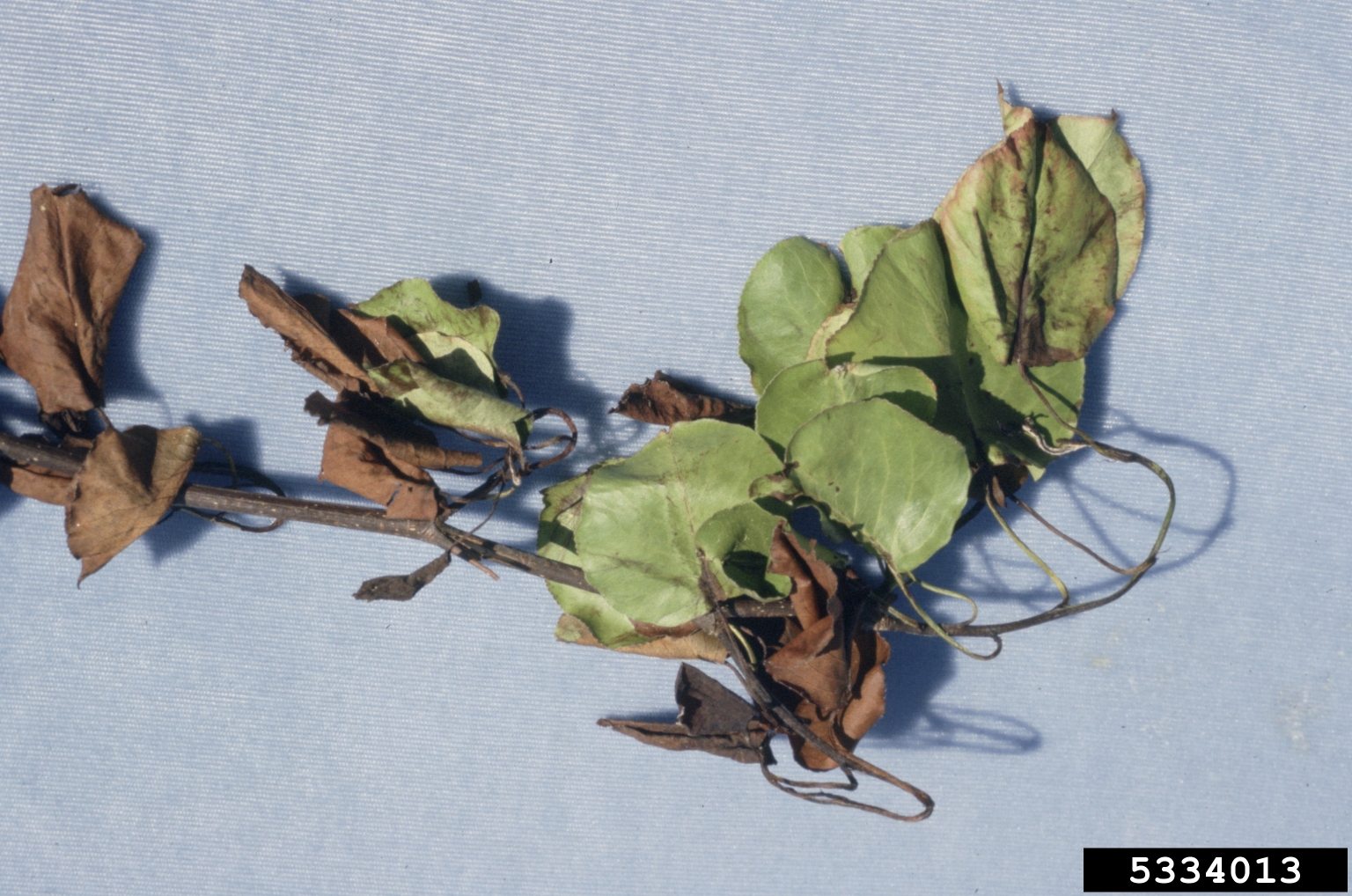Pears And Fire Blight: How To Treat Pear Tree Blight


Fire blight in pears is a devastating disease that can easily spread and cause serious damage in an orchard. It can affect all parts of the tree and will often lie dormant over the winter to spread further in the spring. Though the disease is a scary prospect, pear tree blight treatment is possible. Keep reading to learn more about detecting fire blight in pears and how to treat pear tree blight.
Pears and Fire Blight
Fire blight can affect all parts of a pear tree and, therefore, it can manifest itself in different ways. One of the most common and earliest occurring symptoms is blossom blight. When this occurs, the blossoms take on a gray and waterlogged appearance that eventually turns to black. The next very recognizable symptom is shoot blight, when new shoots turn black and wither, bending under their own weight into the shape of a candy cane. Sometimes, the blight will spread from the new shoots to the older wood, where it appears as sunken, oozing cankers. When fruit forms, fire blight in pears can result in fruits that are small, misshapen and covered in oozing lesions.
Treating Blight on Pear Trees
Fire blight overwinters in cankers in the wood. In the spring, the cankers ooze and the bacteria inside is carried to the blossoms by insects and moisture. Because of this, the best way to stop the cycle once it’s started is to remove and destroy all infected wood. Cut it away at least 8 inches (20 cm.) below the infection, and wipe your saw or shears in a 1:10 bleach to water solution after each cut. In the spring, immediately prune away any branches that show signs of shoot blight. To discourage the spread to blossoms, spray for small sucking insects, like aphids and leafhoppers. Insecticidal soaps can help early on with these pests.
Gardening tips, videos, info and more delivered right to your inbox!
Sign up for the Gardening Know How newsletter today and receive a free copy of our e-book "How to Grow Delicious Tomatoes".

The only child of a horticulturist and an English teacher, Liz Baessler was destined to become a gardening editor. She has been with Gardening Know how since 2015, and a Senior Editor since 2020. She holds a BA in English from Brandeis University and an MA in English from the University of Geneva, Switzerland. After years of gardening in containers and community garden plots, she finally has a backyard of her own, which she is systematically filling with vegetables and flowers.
-
 Try The Trend – Turn Any Bed Into A Keyhole Garden With This Clever In-Ground Composter
Try The Trend – Turn Any Bed Into A Keyhole Garden With This Clever In-Ground ComposterKeyhole gardening is an efficient and sustainable practice that saves space. Get started on this DIY project quickly and easily with an in-ground composter.
By Bonnie L. Grant
-
 4 Superfast Composting Methods: Turn Waste Into Garden Gold In 30 Days Or Less
4 Superfast Composting Methods: Turn Waste Into Garden Gold In 30 Days Or LessTry the fastest composting methods to turbocharge your pile and transform kitchen scraps and garden waste into finished compost in just a few weeks.
By Mary Ellen Ellis